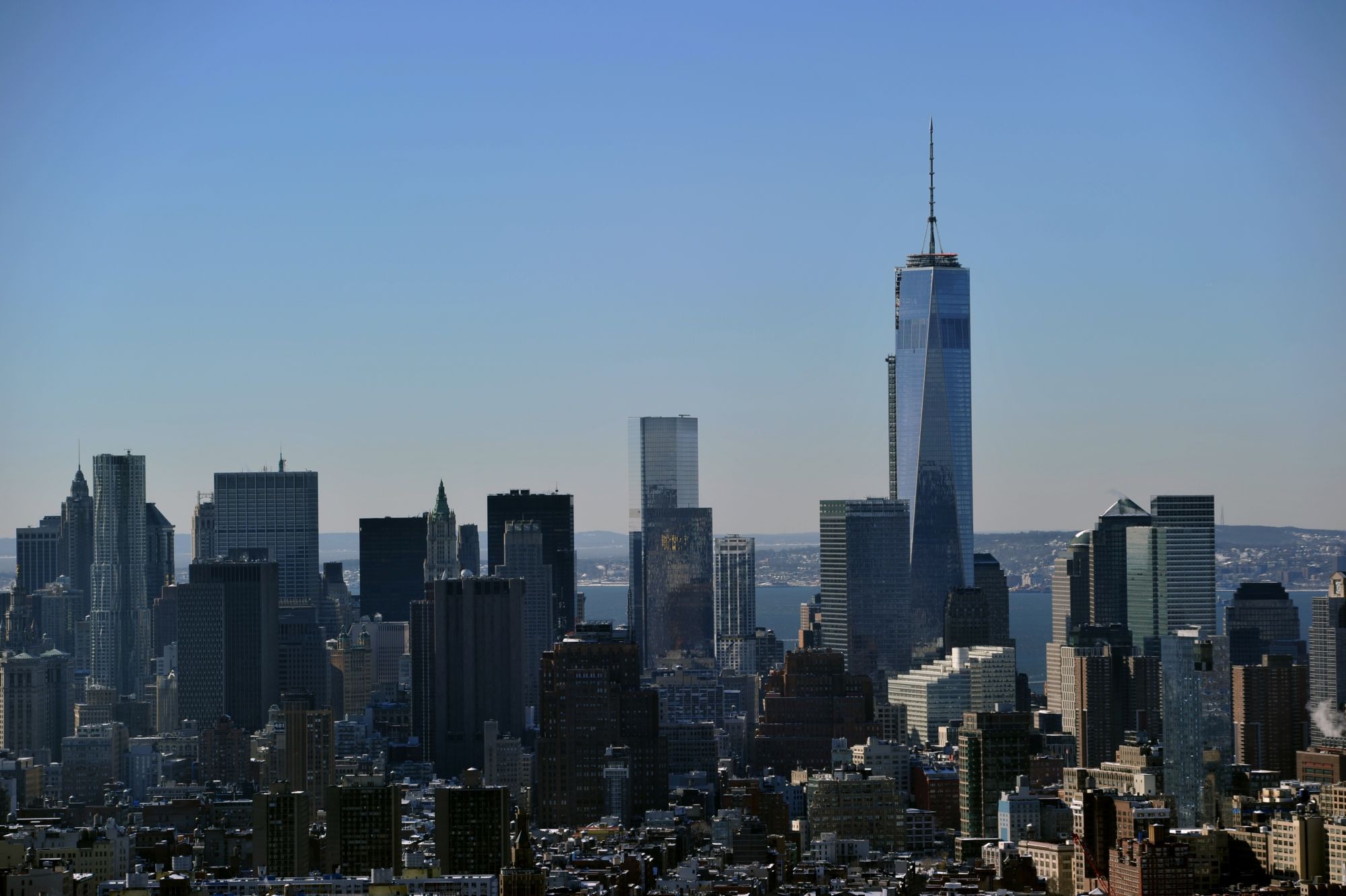Editor’s Note: Sam Jacob is director of Sam Jacob Studio for architecture and design, a professor of architecture at the University of Illinois at Chicago and visiting professor at Yale School of Architecture. His work has been displayed at the Victoria & Albert Museum in London and the MAK in Vienna, and he curated the British Pavilion at the 2014 Venice Biennale. The opinions expressed in this commentary are solely his.
If you see a drawing of pre-Great Fire London, you see a jumbled low-rise city. An urban miasma of homes and inns punctured by an incredible amount of spires that point toward the sky.
It is an image of a city whose horizontal horizon contained the hustle and bustle of worldly life while its vertical dimension was dedicated to higher ideals.
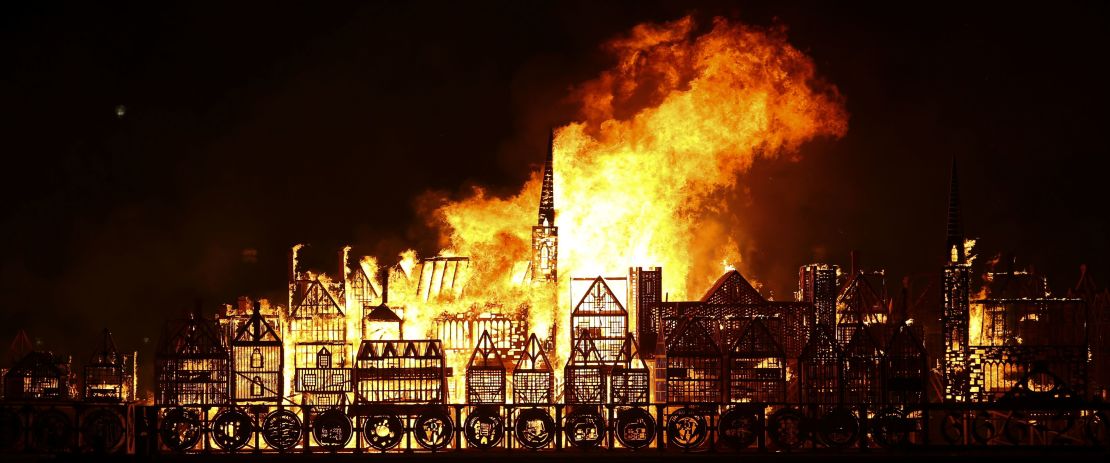
So it was for the majority of the history of high-rise architecture. Towers were structures that performed special roles: symbolic, monumental, even mythological. They acted as symbols of power, of godliness, or in the case of the biblical story of Babel, overreaching ambition.
It was only at the beginning of the 20th century that the earthly world of human life began to occupy the sky. And it happened in Chicago, where a new phenomenon of towers emerged in the super flat landscape of the American Midwest. As the city’s size and population exploded at the turn of that century the technologies of construction combined with supreme Chicagoan pragmatism to invent the modern typology of the skyscraper.
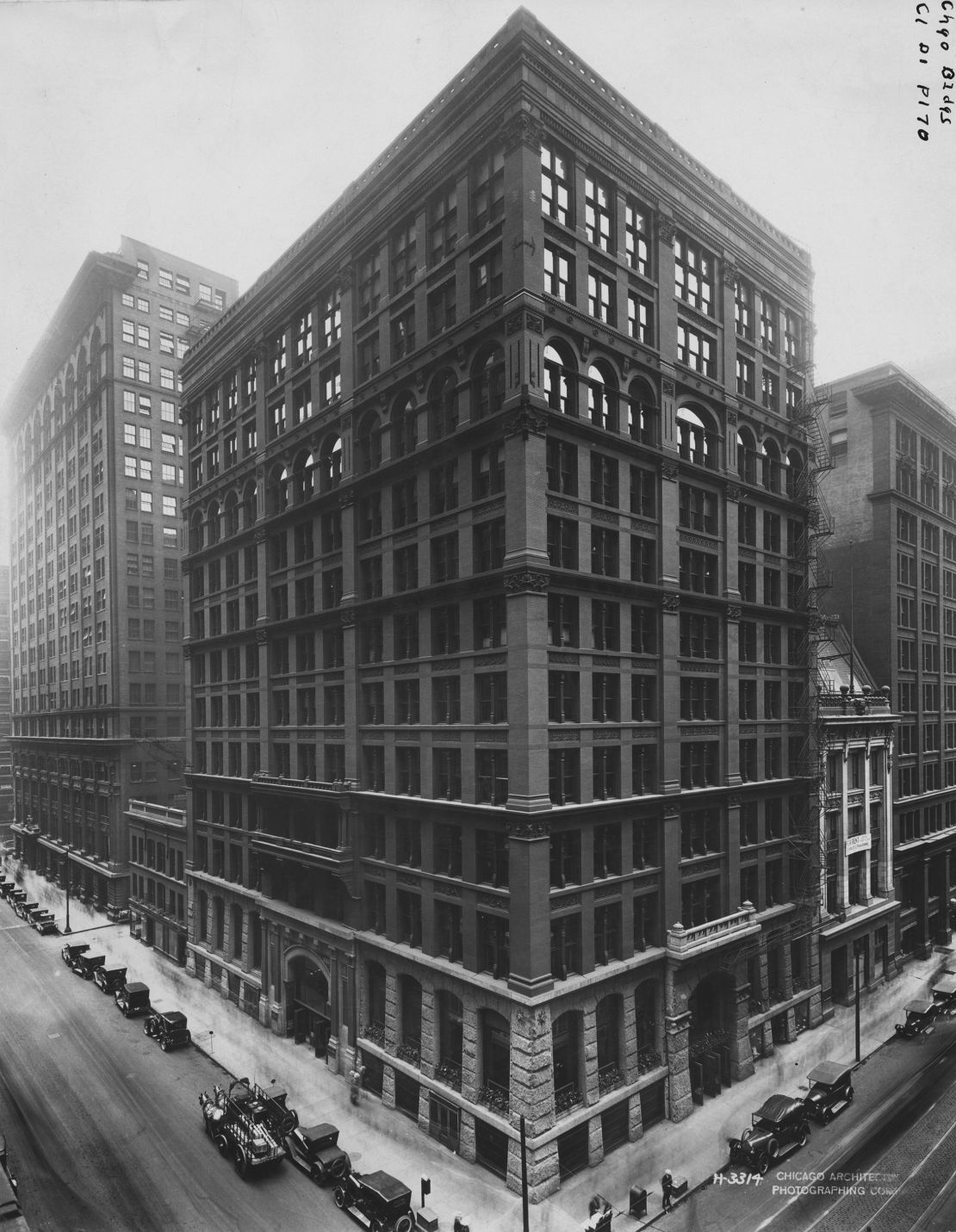
Chicago’s 42-meter (138 feet) tall Home Insurance Building opened in 1885 and was the first tall building to use structural steel in its frame. Others followed fast, and the Chicago School, as it came to be known, developed a new typology that combined modernity with decoration and ornament.
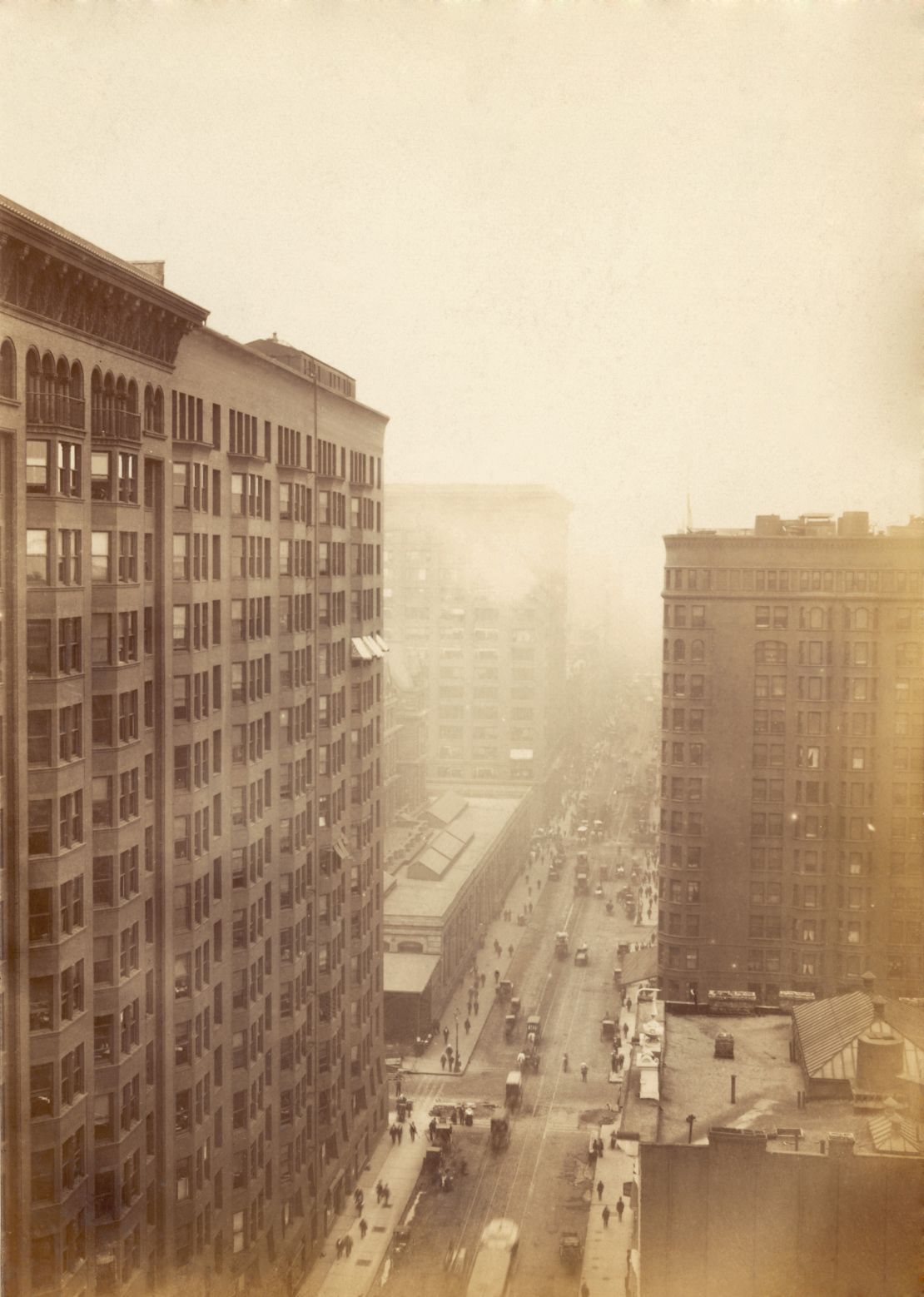
In these buildings you can see old architectural ideas of what buildings should be being stretched and pulled into new shape by modern possibilities. Other examples included the Monadnock Building (the largest commercial build in the world at the time of its construction in 1892), the Reliance Building (famed for developing large plate glass windows), and the Marquette Building (with its intricately patterned terracotta exterior). Each of these helped develop the skyscraper typology.
Enabled by technology, these new commercial American buildings were also a function of economics. Building high meant developers could multiply plots of land vertically, stacking floor upon floor to multiply value again and again. It meant that the kinds of speculation familiar to the stock exchanges of Chicago and New York could be applied to the act of building.
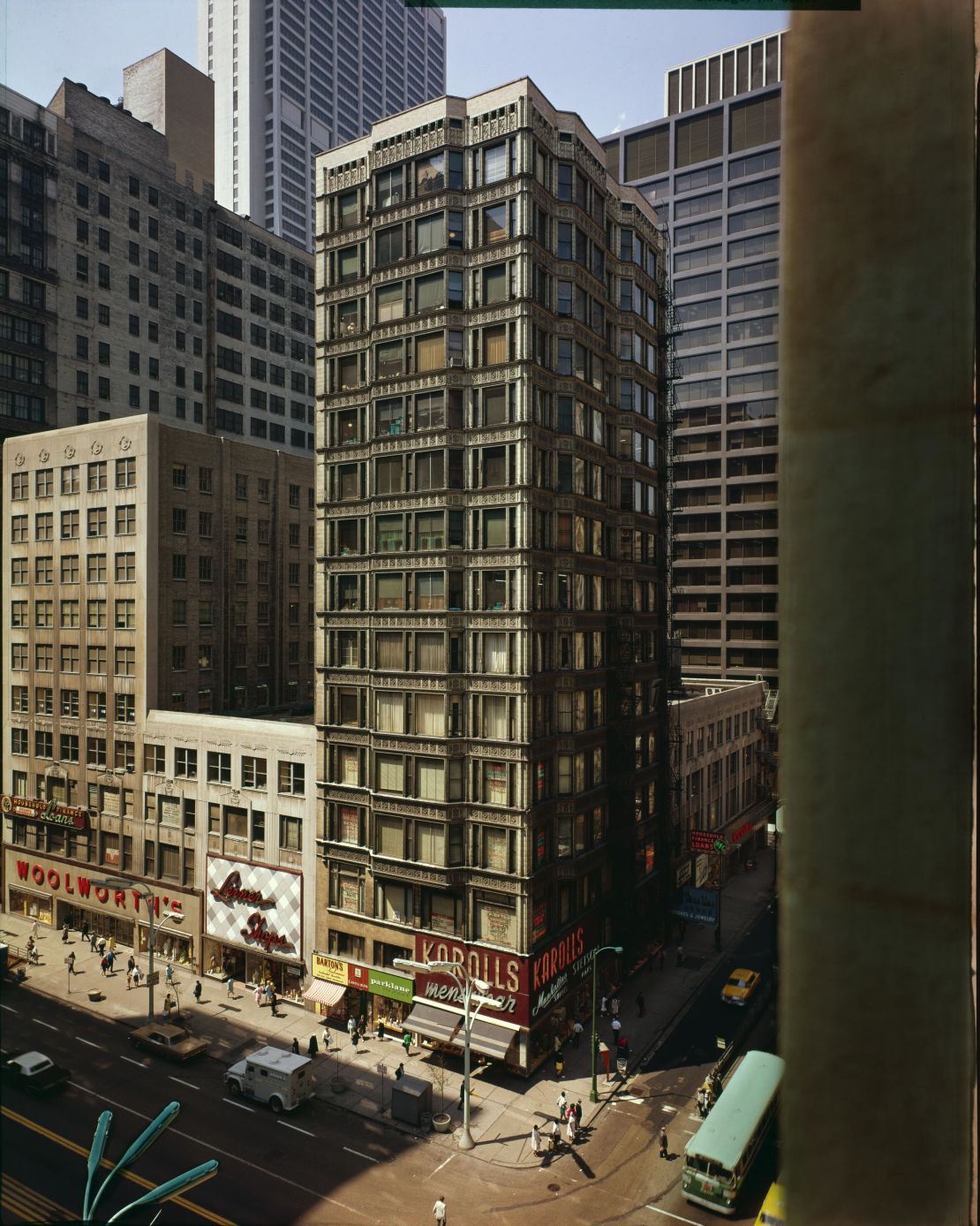
In Europe, architects eyed the possibilities of high-rise differently. Instead of commercial value, early modernists saw how a different kind of social value could be created. Advances in technology, they hoped, could be harnessed to create a more equitable social good.
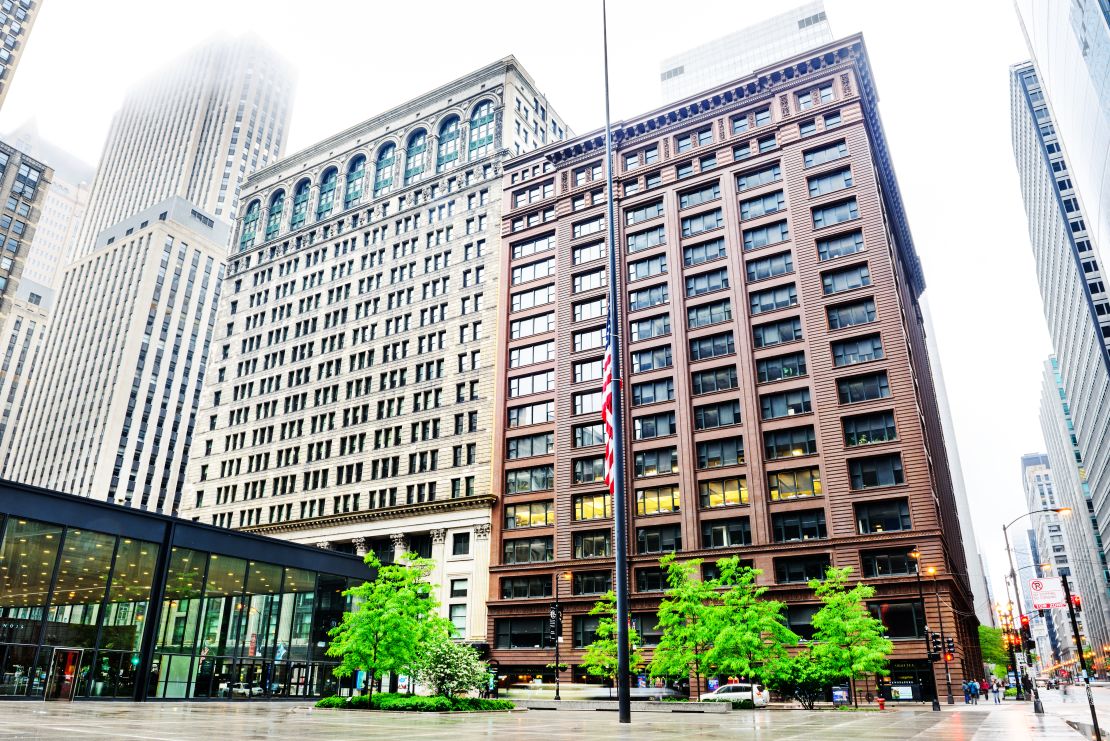
Emerging as part of post-war reconstruction, towers became an important part of the provision of public housing. Symbolically, these towers of the welfare state offered something new, something modern with light and air that represented an escape from the grimy industrial city of the past, liberation from the old order.
More skyscrapers built in 2017 than any other year in history
Looking out over the London skyline now, we see both of these kind of towers: high-rises built as homes for the people, and shiny, thrusting vertical edifices of the financial heart of the city – the Gherkin, Cheesegrater, Walkie Talkie et al. We see the new luxury developments, super high-rises built as high-end homes – or more often investment opportunities. Just as old London’s skyline reflected the aspirations and ideas of its age, we see silhouettes that reflect ours.
And amongst them, the charred shell of the Grenfell Tower, after a tragic fire in 2017 killed at least 71. It stands as a totem signifying the battle over the right to the city that has characterized recent years. As social housing has been increasingly privatized and funding squeezed, we have seen the boom in other kinds of high-rises for business and for the wealthy. It has led to a schizophrenic state where there are calls to demolish all of the tall post-war housing stock while at the same time accelerating high-end luxury living.
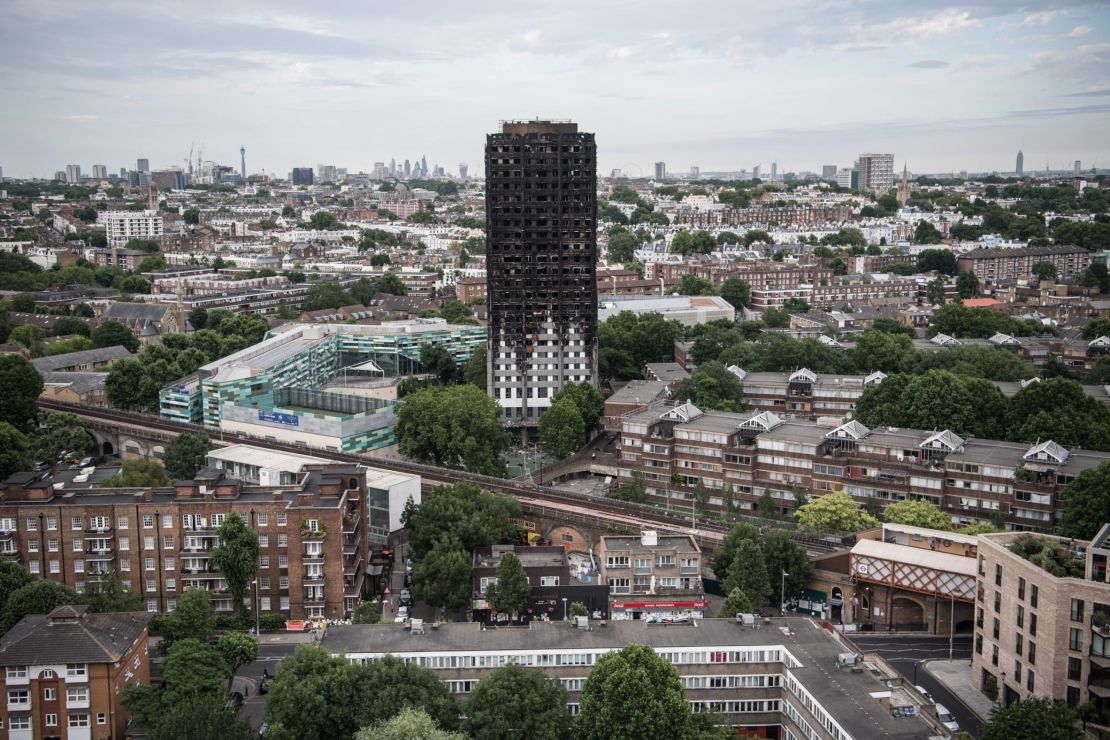
Outside of the big ‘P’ politics of the situation, towers still seem to contain those very same ancient Babylonian dreams and fears. Highness brings with it a separation from the city below. For some, towers mean power and success or a kind of quiet beauty, while others see alienation from the street and arrogant elevation above. Somehow the pragmatism of vertically stacking still carries echoes of those early significances, as if contemporary buildings can’t shake old superstitions. On the one hand places full of the light of aspiration, on the other hubris and the moral peril as if defying the laws of gravity is somehow an overreaching of the normal social or economic order too.
It’s strange that the tower, such a new phenomenon relatively speaking, has so quickly become typecast – as if we’ve exhausted our imagination of the possibilities of vertical life. Perhaps it’s appropriate that – back in its birthplace – the tower as a speculative possibility was the centerpiece of this year’s Chicago Architecture Biennial. In an exhibit titled “The Vertical City,” artistic directors Sharon Johnston and Mark Lee invited over 15 emerging architecture practices to reinterpret the tower as a building type through giant-sized five meter tall models.
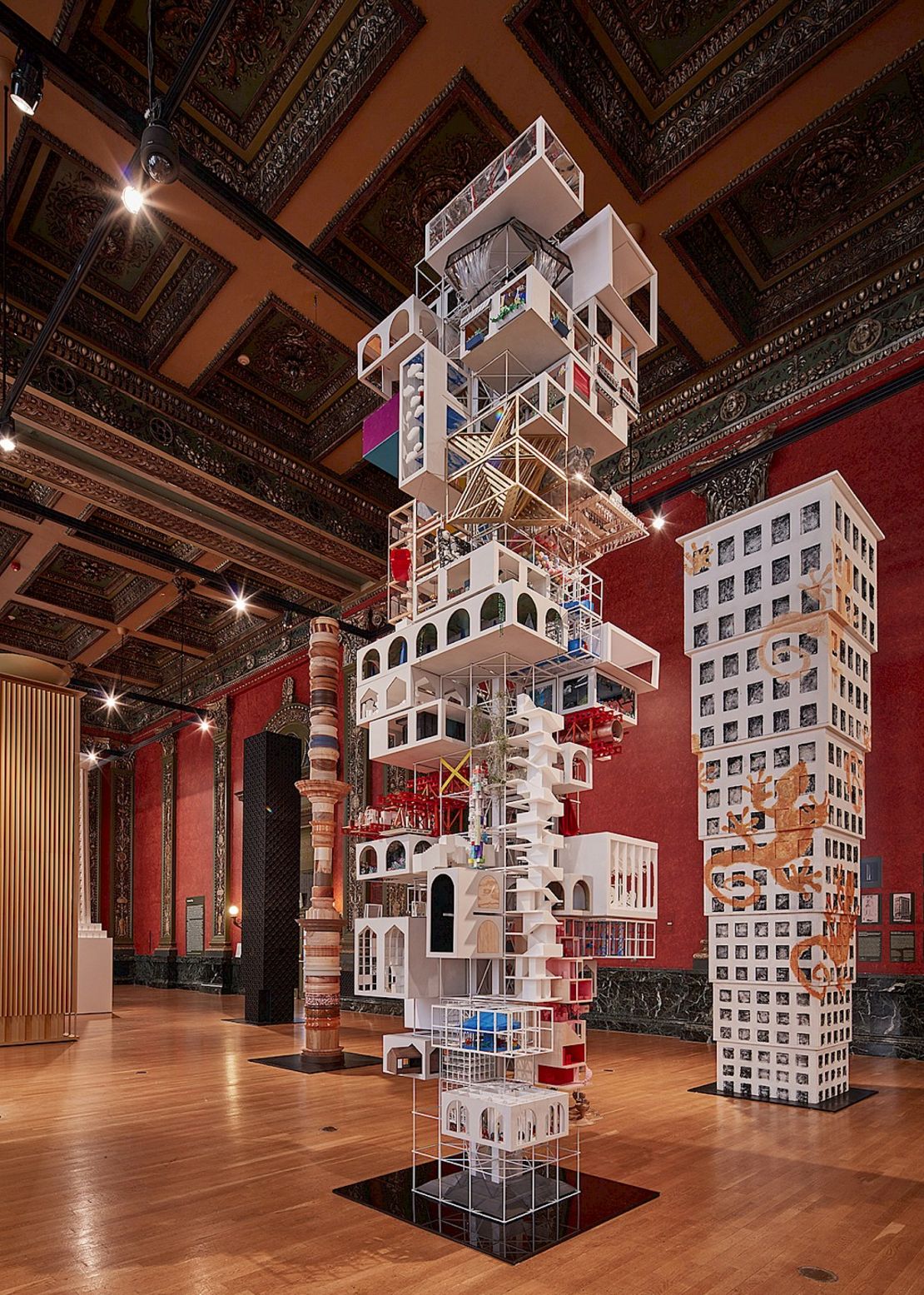
Tatiana Bilbao’s “(Not) Another Tower” suggested how the technology of vertical buildings might become a framework to allowing for a more ad-hoc community to become a kind of civic collage in the sky. Office KGDVS proposed a kind-of ultimate vertical multiplication project where their ‘ideal’ building type of the palazzo was placed one on top of another, each layer larger than the last so that it formed an inverted spire. Serie Architects reimagined the possibilities of the structural frame to built a tower of nested tables to create bigger and smaller floor plates, one sometimes within the other. Kéré Architecture’s big blue tubes punctured with holes suggested a more optimistic idea of the Tower of Babel, where all kinds of life; living, working and leisure could all be part of the same structure.
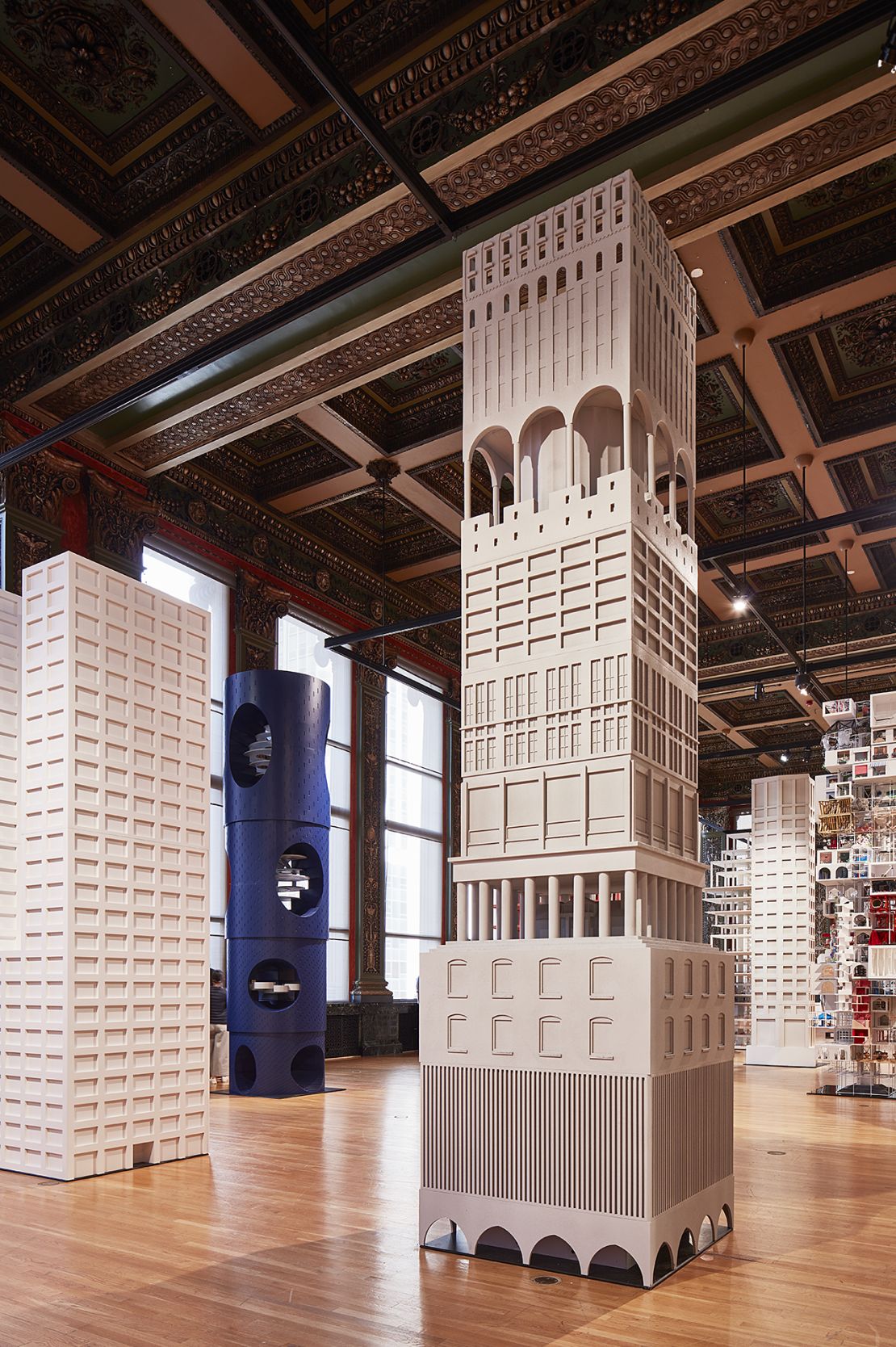
My own firm – Sam Jacob Studio – imagined how a high-rise building might be formed out of stacking sections of very different kinds of buildings one onto of another so that rather than repeating the floor plate, a whole host of different types of spaces and uses might be possible.
In other words, these propositions showed that there are many ways to reimagine the tower beyond its current state. To reinvigorate the possibilities of vertical building with the same energy that was the source of its original invention – as both an economic and social possibility.
After the Great Fire of London in 1666, the city was rebuilt. As part of the new city, 51 new churches were built, including a series of churches by Christopher Wren’s assistant Nicholas Hawksmoor, each with strange and striking towers. Among them, Christchurch Spitalfields with its obelisk on top of a triumphal arch, St Anne’s Limehouse, which seems crowned by series of turrets supported by a mass of intersecting columns, and St Georges Bloomsbury with a ziggurat placed above a temple.
If we need to look anywhere for inspiration for the next generation of towers (and surely, we do, looking at what’s being erected around the world right now) then there would be nowhere better to look.
These spires must have seemed unfeasibly tall and shockingly modern in their day. Yet they’re rich and intriguing contributions to the city, explorations of our collective aspirations and fears, full of diversity and imagination that suggest new ways that me might live together. Could we not imagine towers today that could take on the same kind of role?
